Car logos are much more than just eye-catching designs. Many of the world’s most famous car logos are rich in history, ambition, and hidden meanings that reflect the core values of the brand. From symbols of strength to nods to family heritage, each logo tells a unique story. Let’s dive into the origins of some of the most well-known car logos and uncover the meanings behind their designs.
Volvo: The Symbol of Iron and Strength
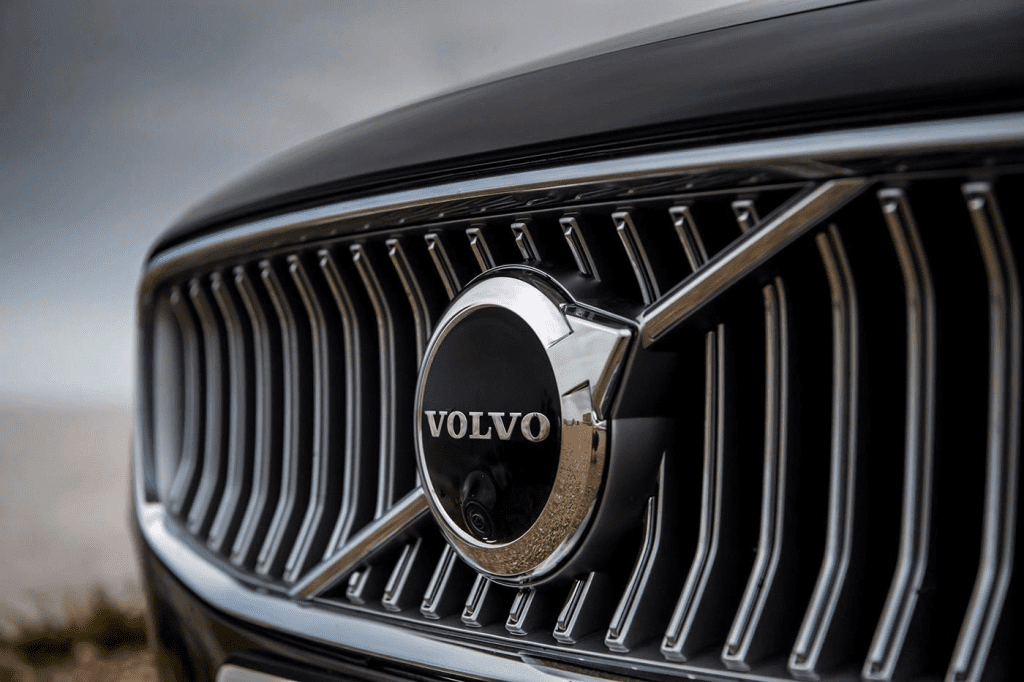
At first glance, the Volvo logo may resemble the male gender symbol, but its roots are far from that. The circle with an arrow pointing diagonally upward is actually an ancient alchemical symbol for iron. This connection makes sense when considering Volvo’s founders, Gabrielsson and Larson, who once worked for a steel company. The iron symbol reflects Volvo’s commitment to durability, strength, and safety—values the brand holds to this day.
Mercedes-Benz: A Three-Pointed Star with Global Ambitions
The iconic Mercedes-Benz three-pointed star has become synonymous with luxury and performance. Its origins, however, trace back to a postcard. In 1872, founder Gottlieb Daimler sent a postcard to his sons, Paul and Adolf, marking their home’s location with a three-pointed star. In 1909, this image became the symbol of Daimler’s car company, which later evolved into Mercedes-Benz. The star represents the company’s vision of motorizing land, sea, and air—an ambition that remains at the heart of the brand.
Infiniti: A Road to New Horizons
Infiniti, the luxury division of Nissan, is recognized by its sleek logo featuring two upward-pointing lines. These lines form the outline of Mount Fuji, symbolizing the brand’s Japanese heritage. However, they also represent a road that stretches into the horizon, echoing Infiniti’s slogan, “new horizons.” The logo reflects the brand’s pursuit of innovation and its desire to push boundaries in the world of luxury automobiles.
Lamborghini: A Bull’s Strength and Power
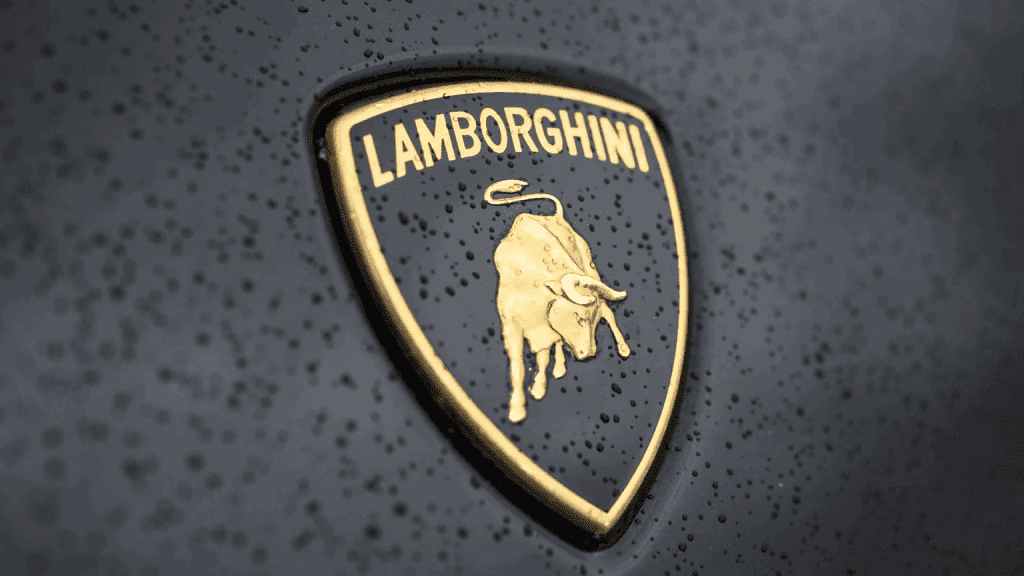
The Lamborghini logo, with its bold black and gold shield and a fierce bull at the center, is a powerful representation of the brand’s identity. Founder Ferruccio Lamborghini chose the bull as a nod to his zodiac sign, Taurus. The image of the bull not only symbolizes his personal connection to the astrological sign but also represents the raw power, speed, and acceleration that Lamborghini cars are famous for.
Ferrari: A Prancing Horse with a History of Luck
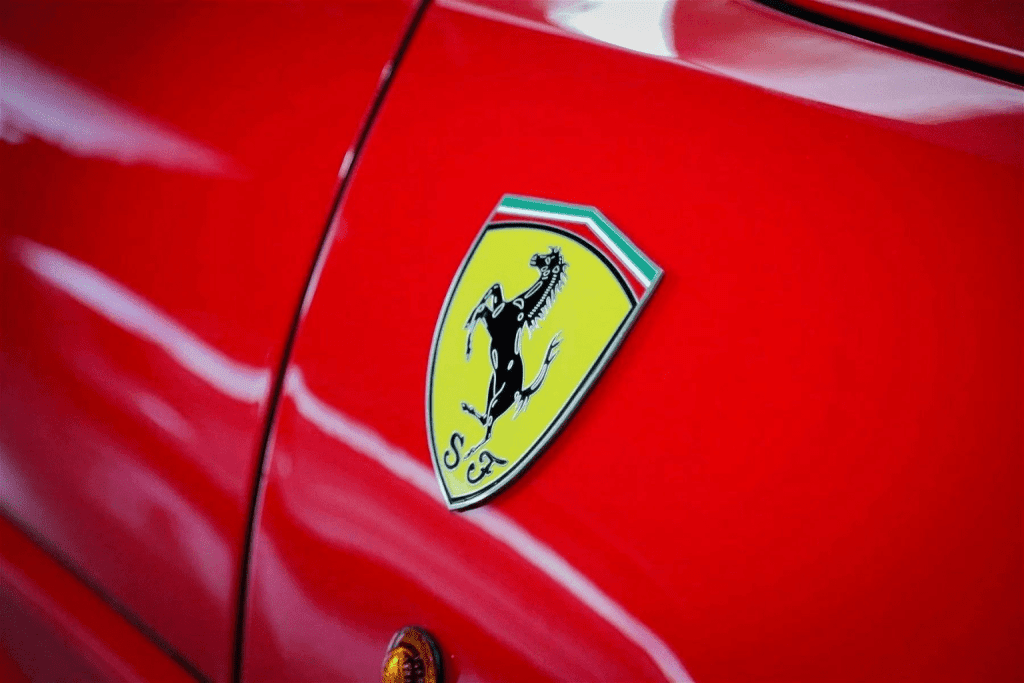
Ferrari’s iconic prancing horse emblem has a fascinating origin rooted in World War I. The mother of Italian fighter pilot Francesco Baracca, who had painted a black horse on his plane, suggested to Enzo Ferrari that he use the symbol on his cars for good luck. Ferrari added the yellow background to honor his hometown of Modena. Today, the prancing horse, along with the letters “S.F.” (Scuderia Ferrari), represents Ferrari’s racing heritage and passion for performance.
Porsche: A Crest Representing Heritage and Excellence
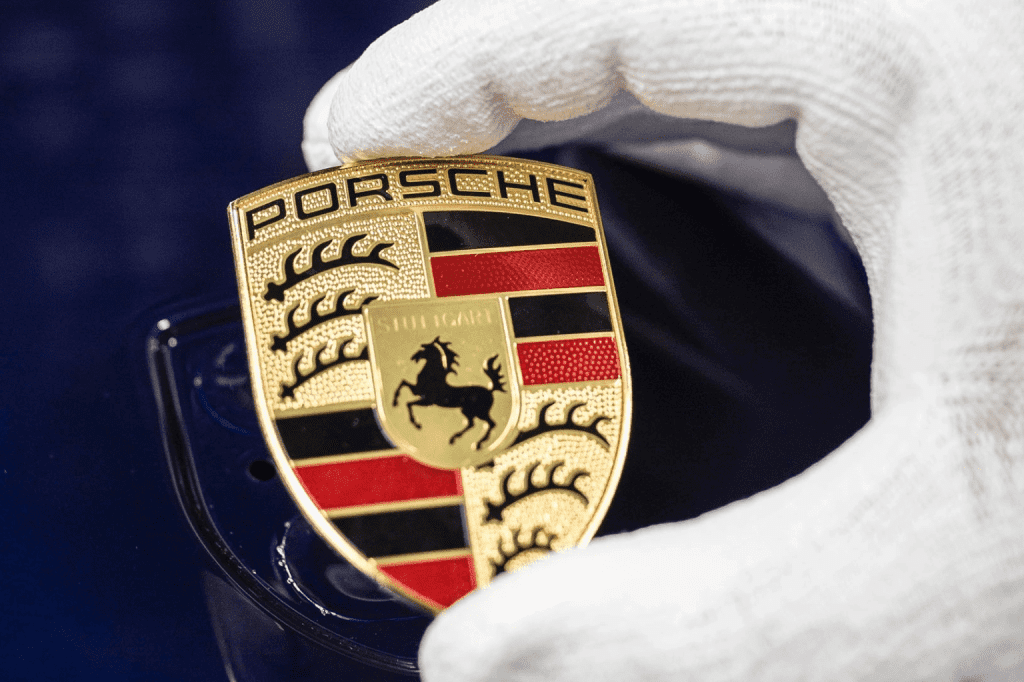
The Porsche logo is a crest that reflects the brand’s strong connection to its origins in Stuttgart, Germany. Inspired by the coat of arms of the state of Württemberg, the logo features red and black stripes along with deer antlers, which are symbols of the Swabia region. At the center of the crest is a black horse, which represents Stuttgart itself. Together, these elements combine to symbolize Porsche’s legacy of high-performance engineering and luxury.
Alfa Romeo: A Tribute to Milan’s History
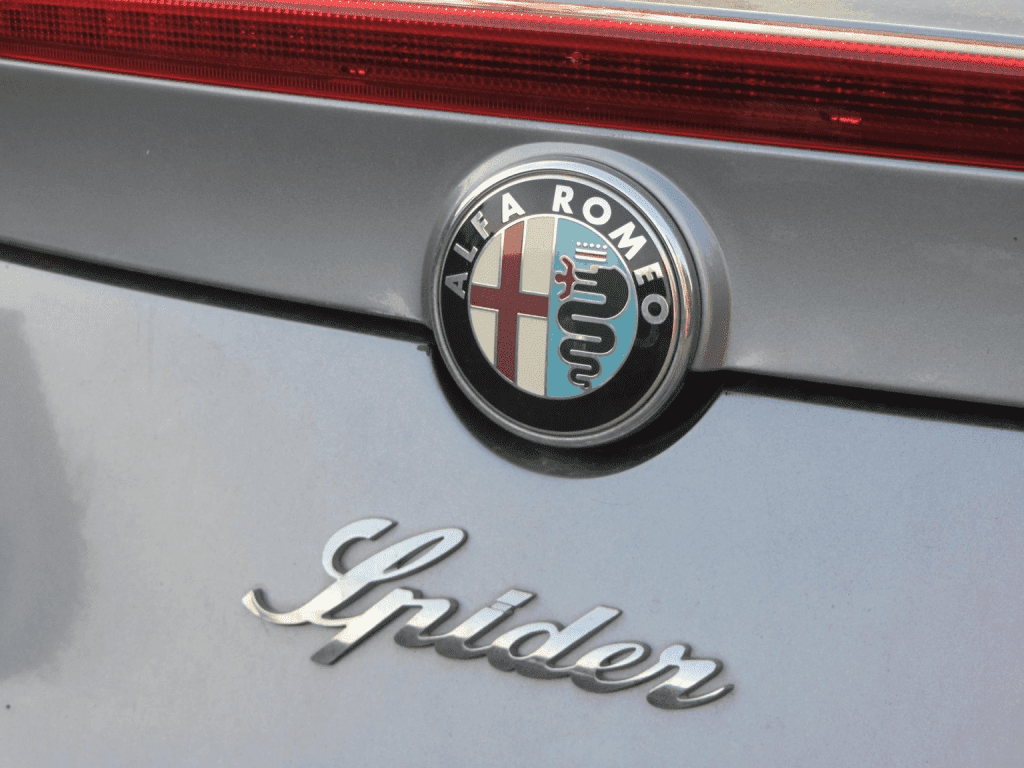
The Alfa Romeo logo is rich with historical symbols from Milan, the city where the brand was born. On the left side of the logo is a red cross, a symbol associated with Milanese soldiers during the Crusades. On the right, the logo features a serpent known as the Biscione, which comes from the emblem of the Visconti family, rulers of Milan during the Middle Ages. The snake swallowing a Moor represents the city’s triumph over invaders. Alfa Romeo’s logo is a proud tribute to its Milanese roots and cultural heritage.
Subaru: A Constellation of Unity
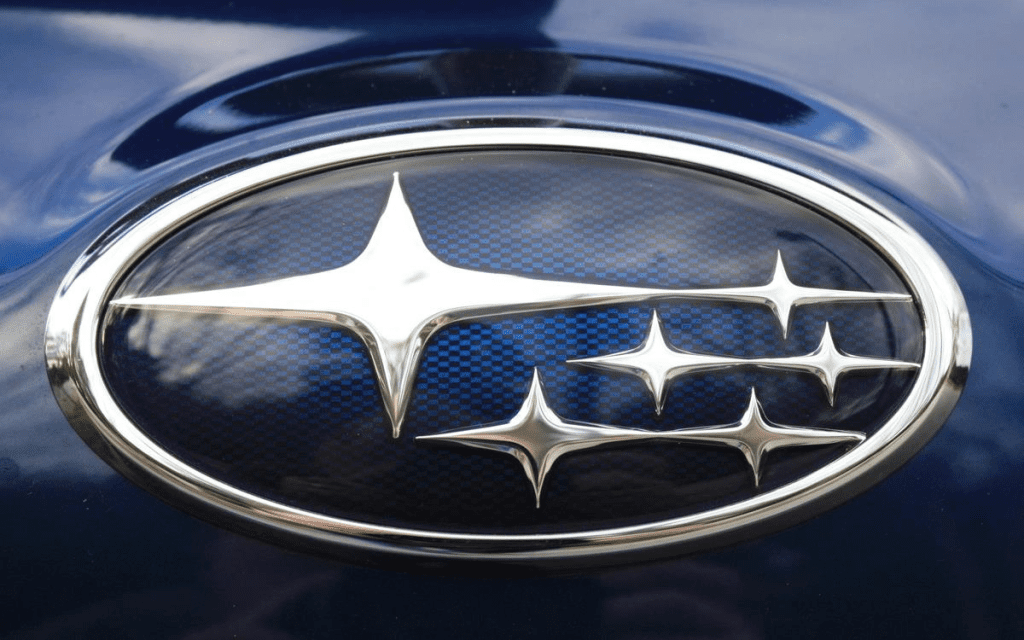
The name Subaru means “unity” in Japanese and is also the Japanese term for the Pleiades star cluster. This star cluster, also known as the Seven Sisters, is represented in the Subaru logo with six stars on a blue background. Five smaller stars symbolize the five companies that merged to form Fuji Heavy Industries, Subaru’s parent company, while the larger star represents Fuji itself. The logo symbolizes the unity of the companies and their shared pursuit of excellence in the automotive world.
Toyota: A Symbol of Trust and Infinity
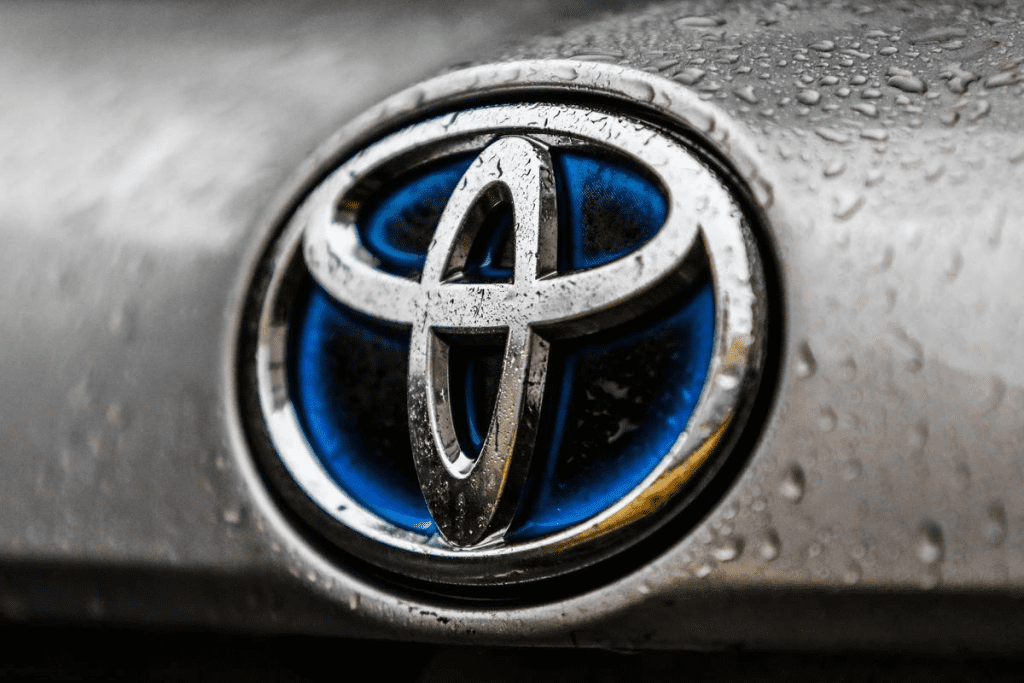
Toyota’s logo features three overlapping ovals that form a “T” for Toyota. The two inner ovals represent the heart of the customer and the heart of the company, signifying trust and the bond between the two. The outer oval symbolizes the world embracing the Toyota brand. The spaces within the logo represent the limitless values of innovation and customer satisfaction that Toyota aims to deliver, while the circular shape symbolizes the company’s global reach.
Hyundai: A Symbol of Partnership and Progress
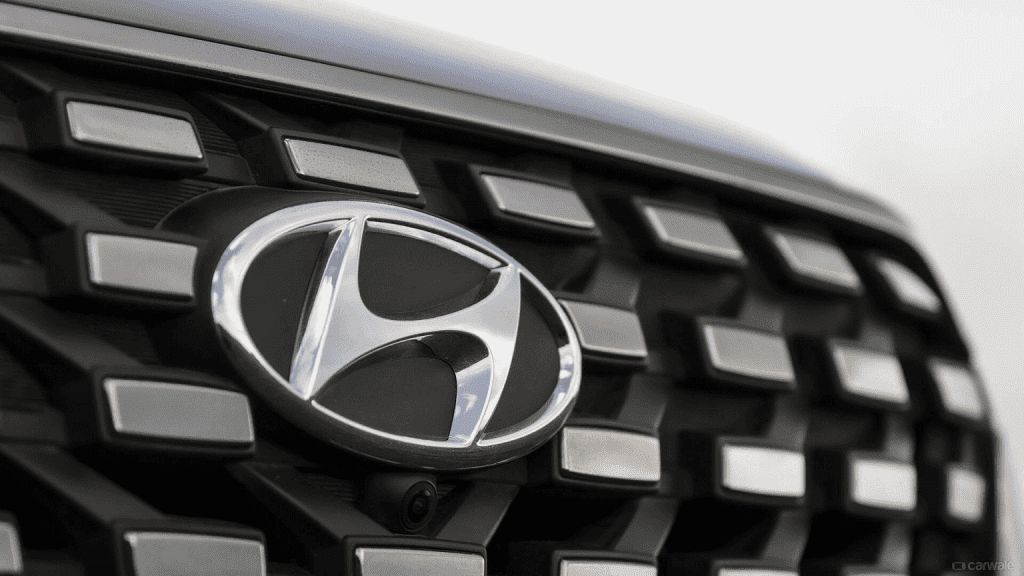
While the Hyundai logo may appear to be a simple “H” at first glance, it has a deeper meaning. The tilted H actually represents a handshake between a customer and a company representative, symbolizing trust, partnership, and satisfaction. The oval surrounding the H represents Hyundai’s global ambitions and commitment to progress, making it more than just a symbol of the brand’s name.
Mitsubishi: Three Diamonds of Trust and Integrity
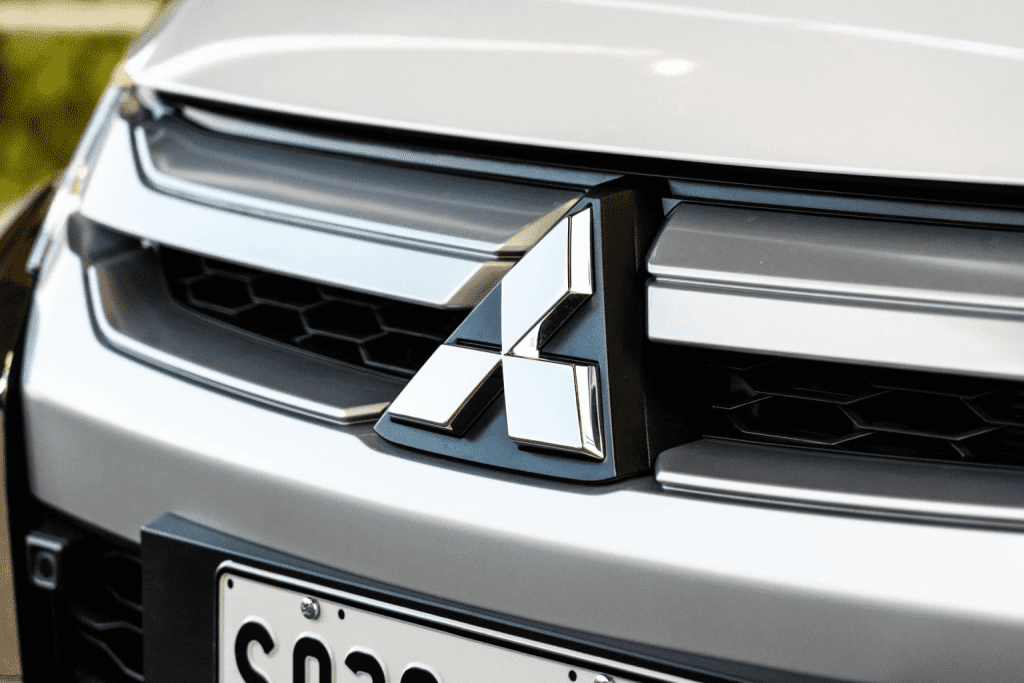
The Mitsubishi logo is a combination of three diamonds, reflecting the company’s name, which translates to “three water chestnuts” in Japanese. The logo also represents the merging of two powerful symbols: the crest of the Iwasaki family, the company’s founder, and the three-leaf emblem of the Tosa Clan, where the Iwasaki family once worked. The three diamonds symbolize trust, integrity, and success—core values that Mitsubishi aims to uphold in all its ventures.
Conclusion: More Than Just Logos
Car company logos are much more than just branding tools. They are powerful symbols that carry the heritage, values, and ambitions of the companies they represent. From the iron symbol of Volvo to the prancing horse of Ferrari, each logo tells a unique story that connects with the brand’s identity. Next time you see a car logo, remember that there’s a lot more behind it than meets the eye—it’s a window into the brand’s soul.


